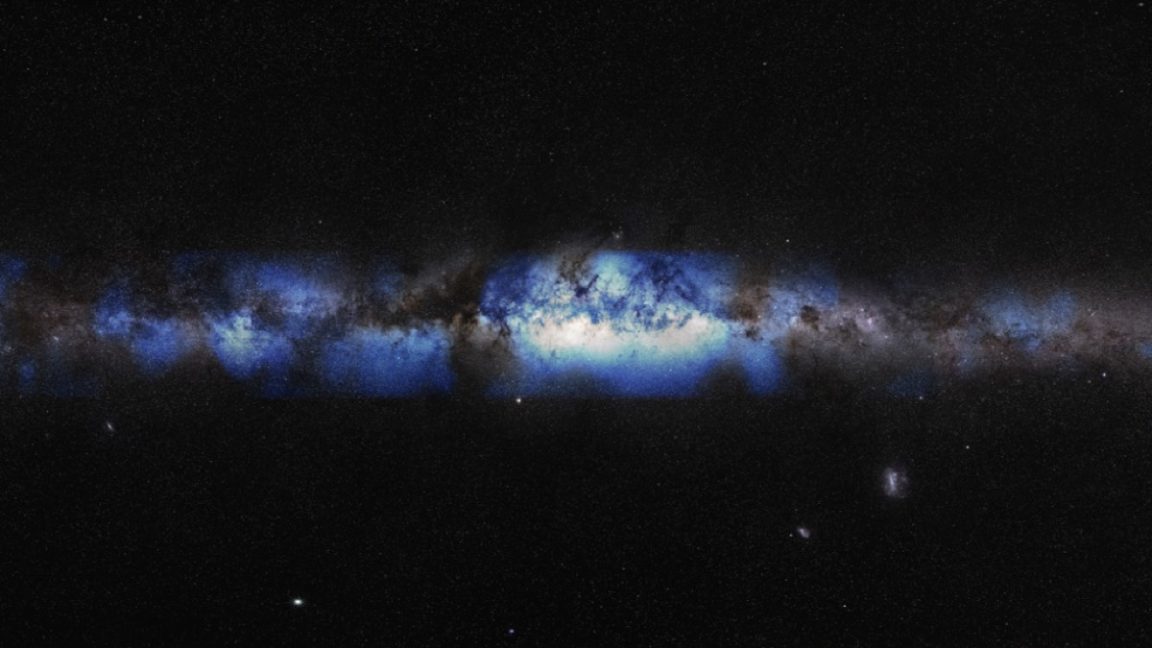It’s even possible that neutrinos can act as their own antiparticles—that is, that neutrinos could turn into antineutrinos and vice versa. This scenario, which the discovery of right-handed neutrinos would support, would make neutrinos fundamentally different from more familiar particles like quarks and electrons. If antineutrinos can turn into neutrinos, that could help explain where the antimatter went during the universe’s earliest moments.
One way to test this idea is to look for an unusual type of radioactive decay — theorized but thus far never observed—known as “neutrinoless double-beta decay.” In regular double-beta decay, two neutrons in a nucleus simultaneously decay into protons, releasing two electrons and two antineutrinos in the process. But if neutrinos can act as their own antiparticles, then the two neutrinos could annihilate each other, leaving only the two electrons and a burst of energy.
A number of experiments are underway or planned to look for this decay process, including the KamLAND-Zen experiment, at the Kamioka neutrino detection facility in Japan; the nEXO experiment at the SNOLAB facility in Ontario, Canada; the NEXT experiment at the Canfranc Underground Laboratory in Spain; and the LEGEND experiment at the Gran Sasso laboratory in Italy. KamLAND-Zen, NEXT, and LEGEND are already up and running.
While these experiments differ in the details, they all employ the same general strategy: They use a giant vat of dense, radioactive material with arrays of detectors that look for the emission of unusually energetic electrons. (The electrons’ expected neutrino companions would be missing, with the energy they would have had instead carried by the electrons.)
While the neutrino remains one of the most mysterious of the known particles, it is slowly but steadily giving up its secrets. As it does so, it may crack the puzzle of our matter-dominated universe — a universe that happens to allow inquisitive creatures like us to flourish. The neutrinos that zip silently through your body every second are gradually revealing the universe in a new light.
“I think we’re entering a very exciting era,” says Turner.
This article originally appeared in Knowable Magazine, a nonprofit publication dedicated to making scientific knowledge accessible to all. Sign up for Knowable Magazine’s newsletter.
Source link
#mysterious #particle #explain #Universes #missing #antimatter











